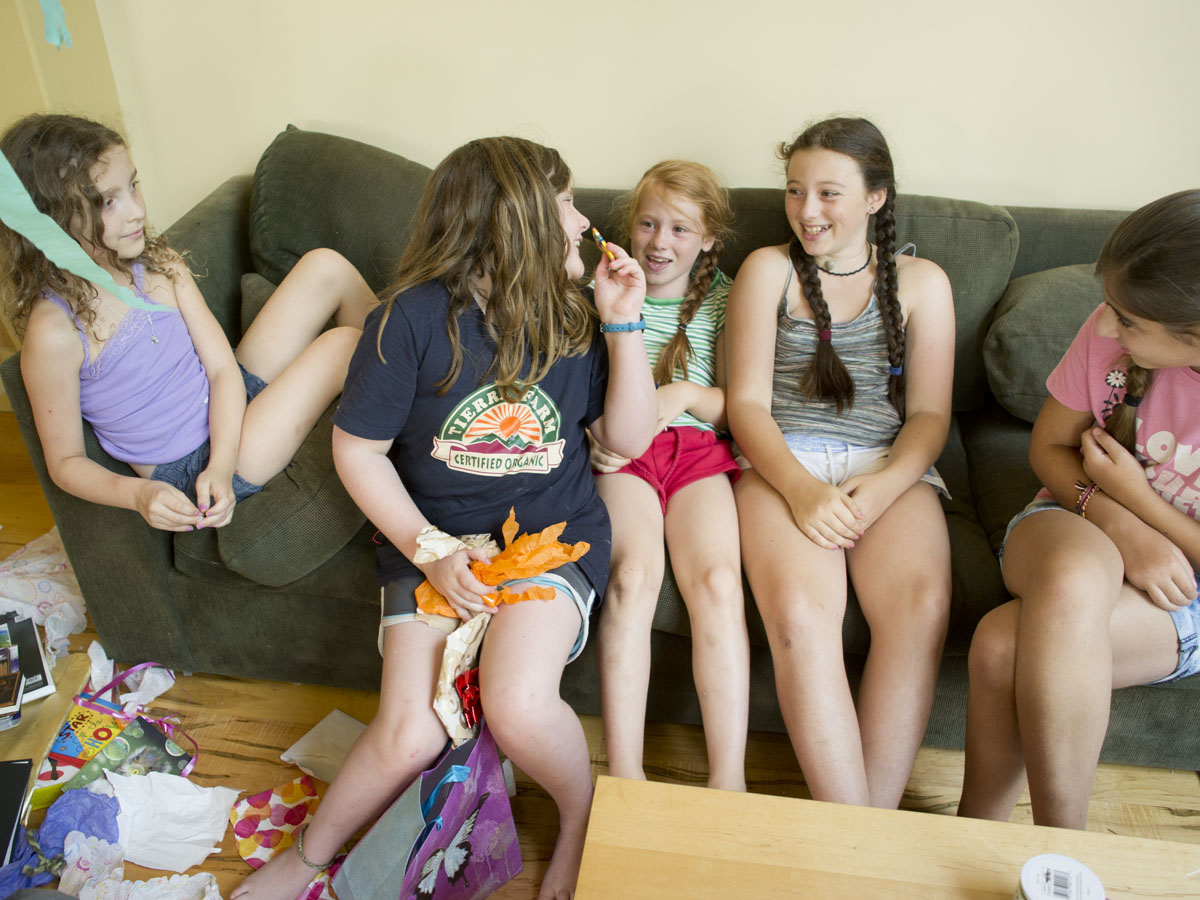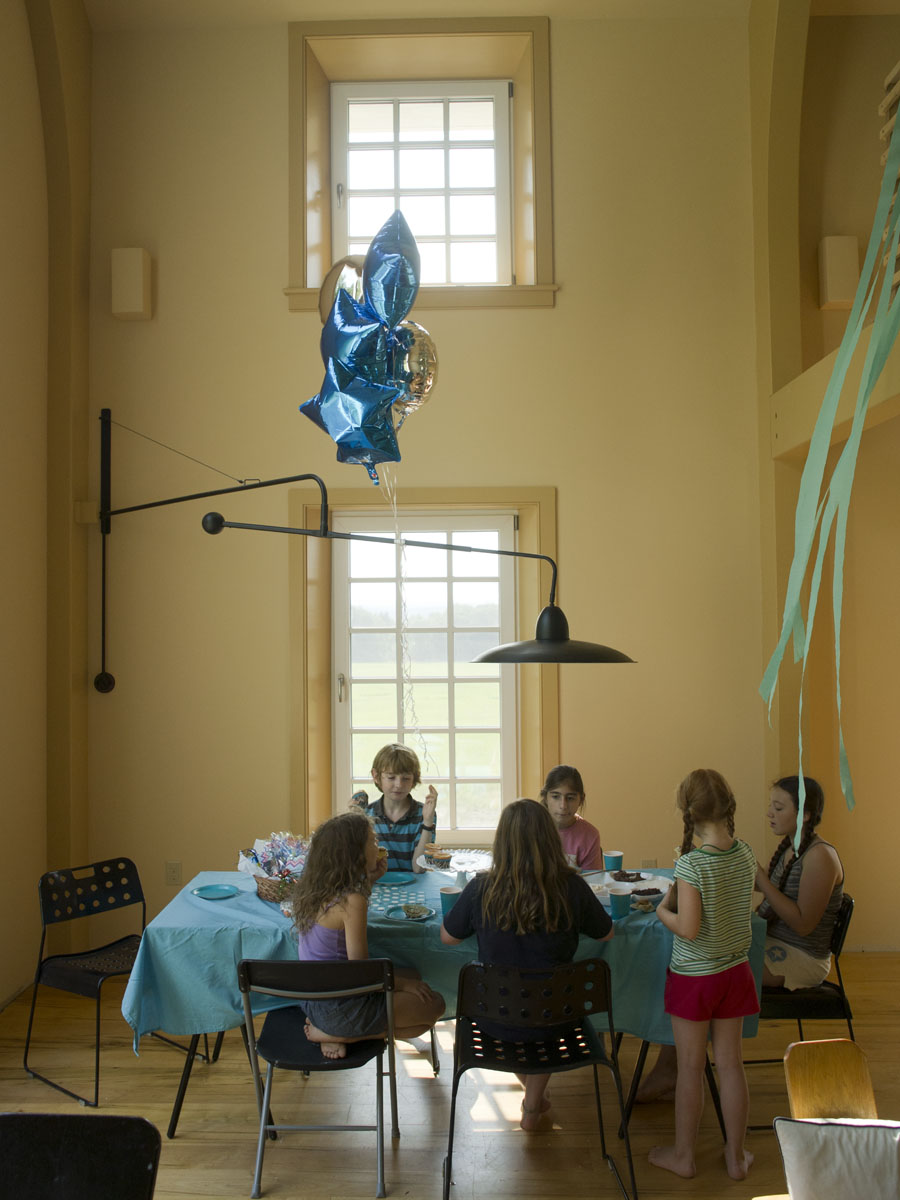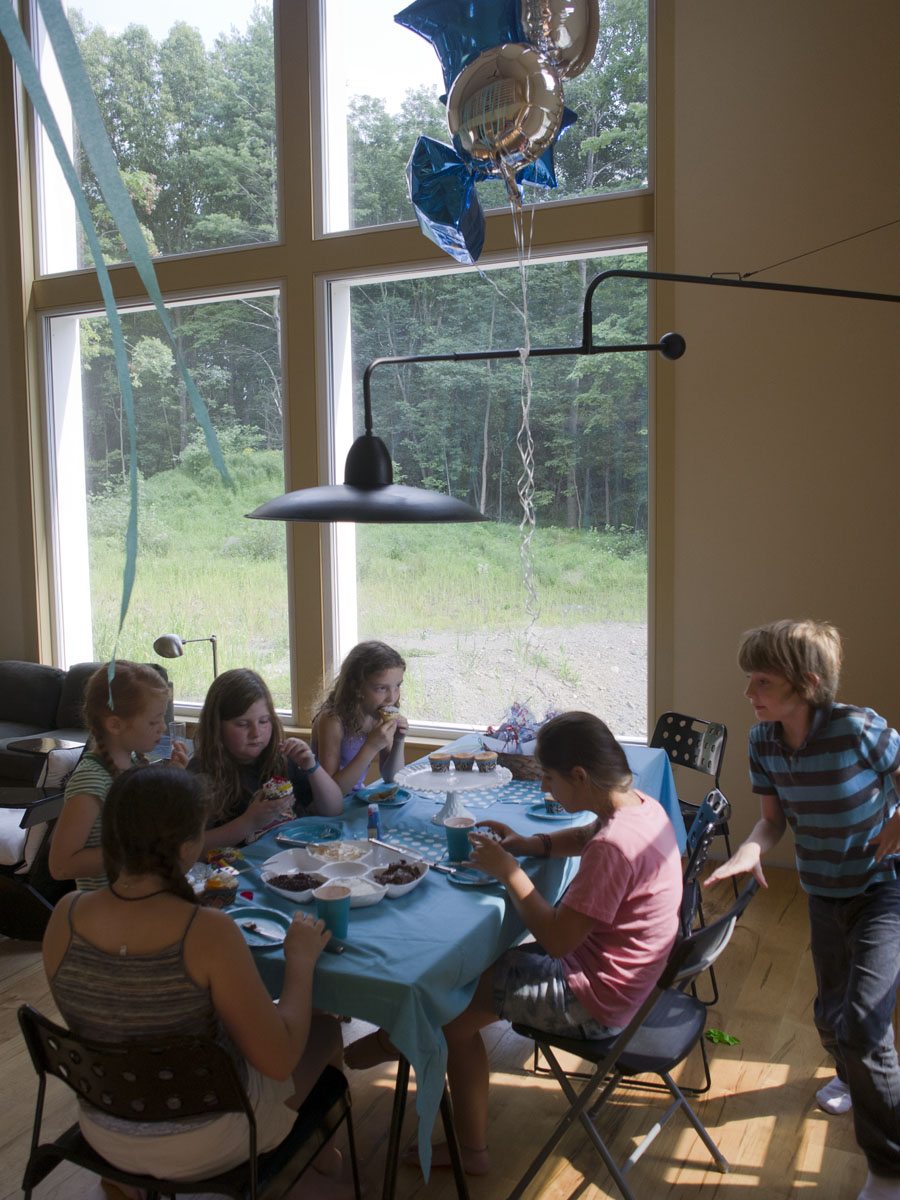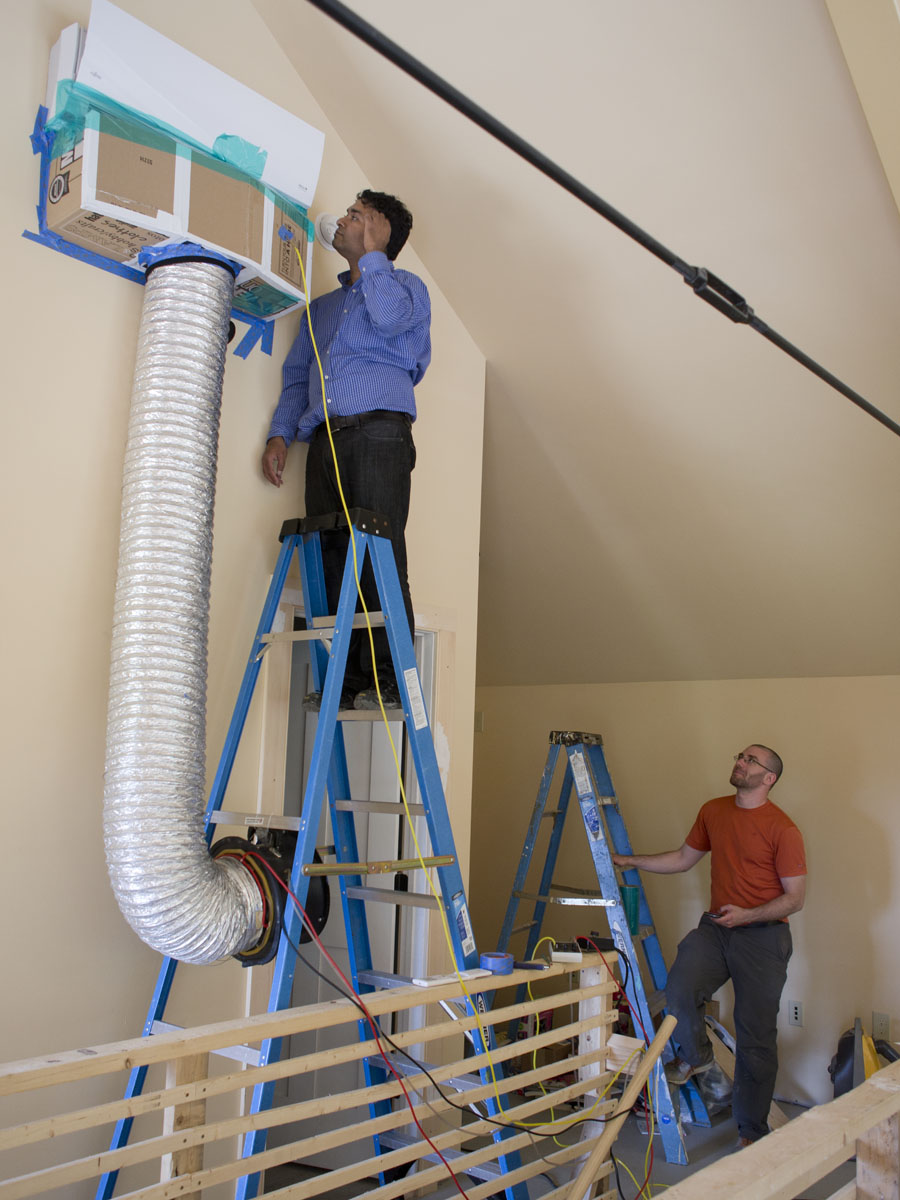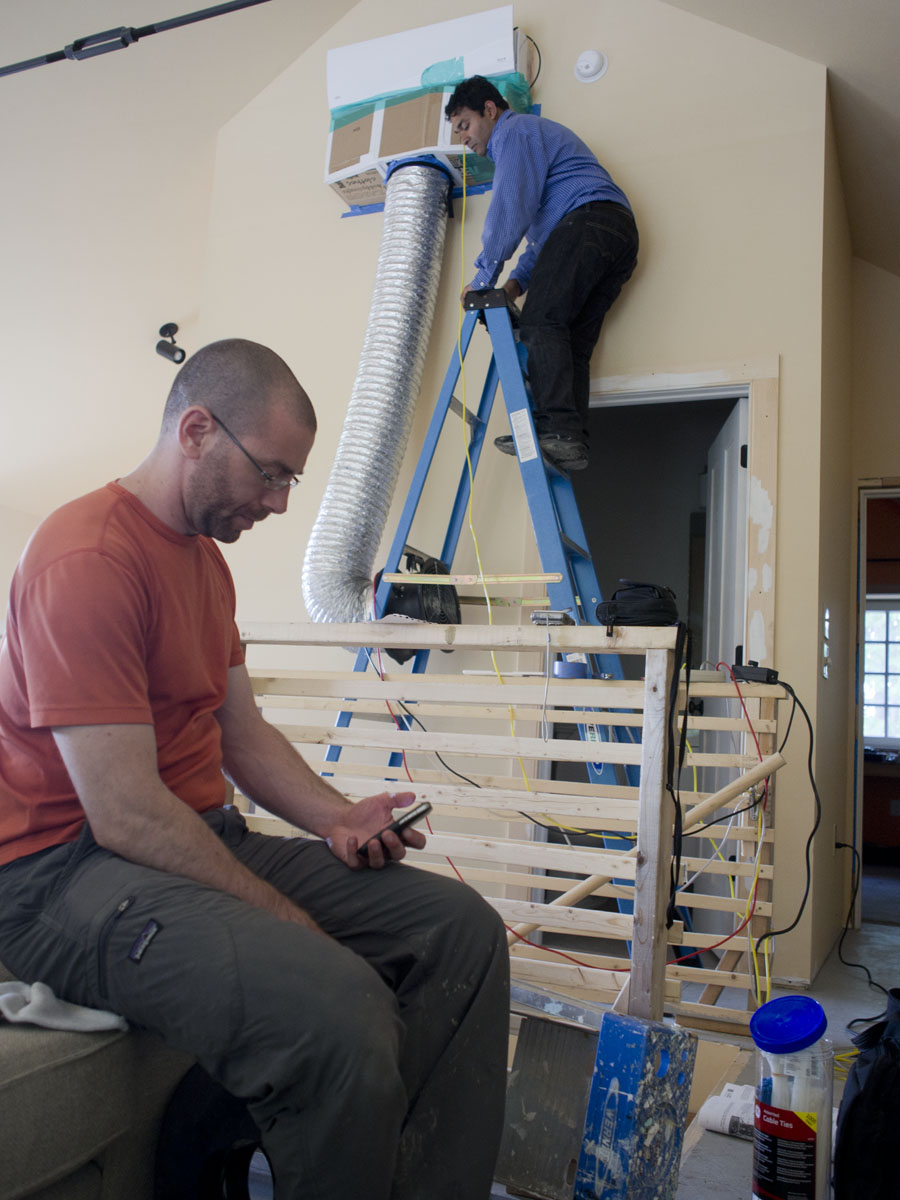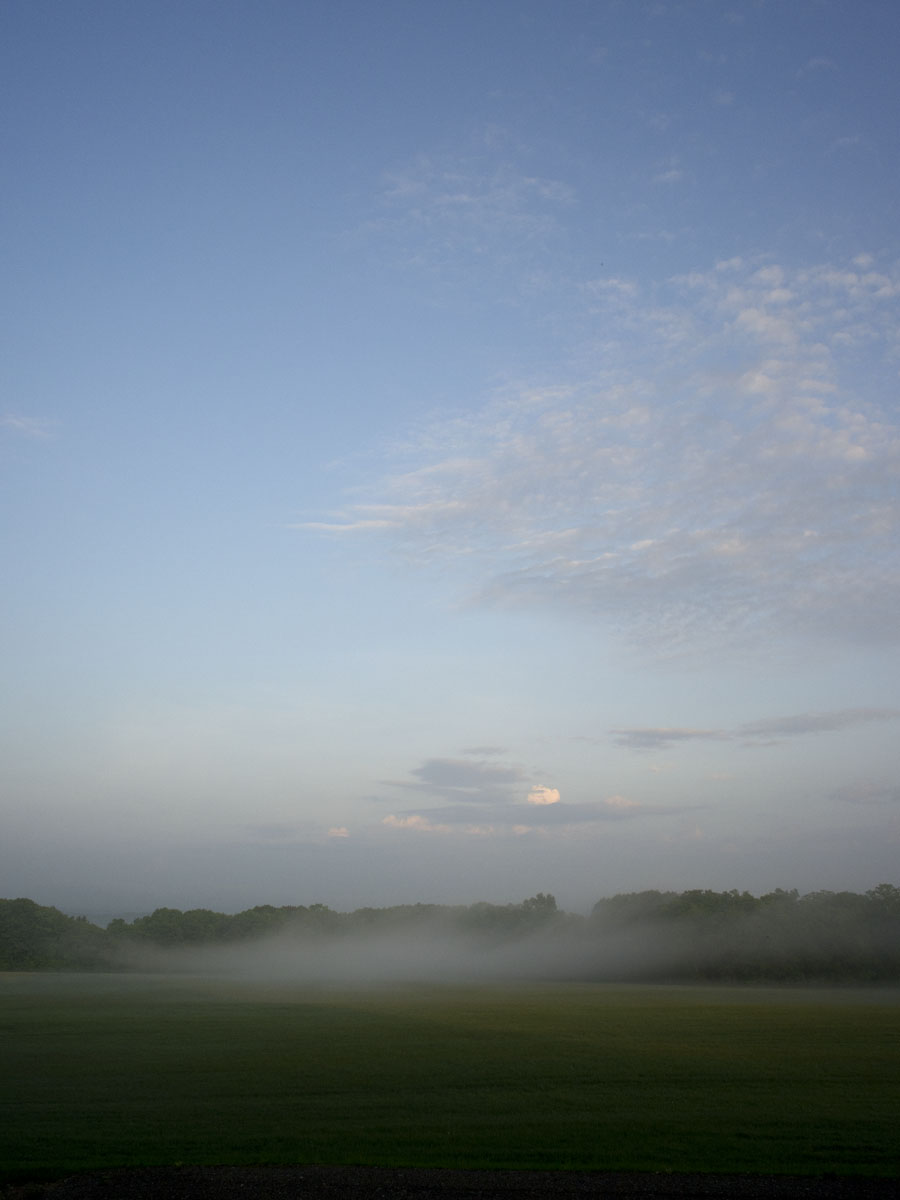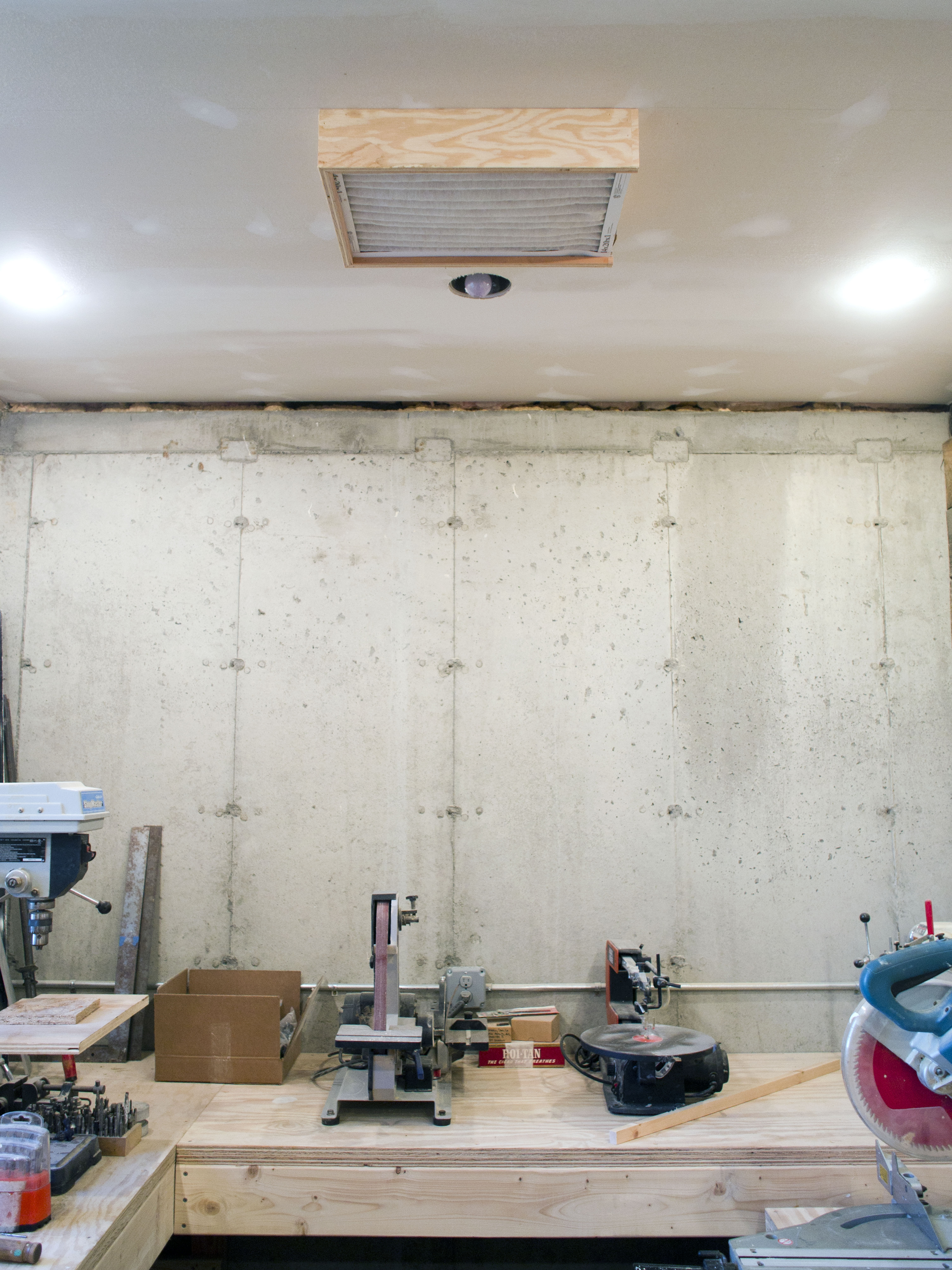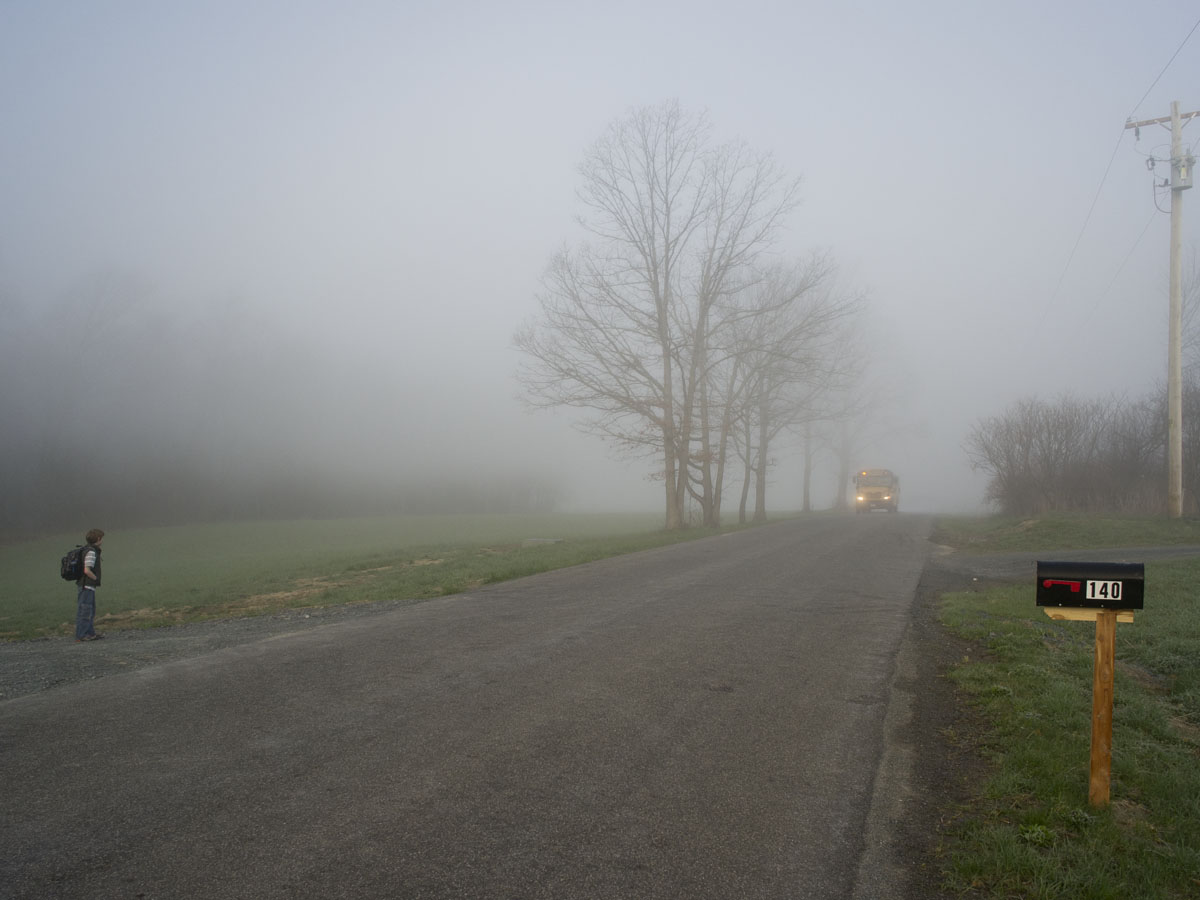Lecture by Dennis and Alan @ House of History
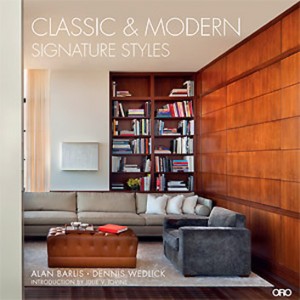 Sunday August 11th: Architecture Lecture by Dennis Wedlick and Alan Barlis
Sunday August 11th: Architecture Lecture by Dennis Wedlick and Alan Barlis
2:00 pm
Vanderpoel House of History, 16 Broad St., Kinderhook, NY 12106
Wedlick and Barlis, of BarlisWedlick Architects, will speak on their new book, Classic + Modern: Signature Styles , which features a number of Columbia County homes.
About the book:
“Whether we know it or not, everyone has a signature style. In Classic & Modern: Signature Styles, award-winning architects, Alan Barlis and Dennis Wedlick, share their passion for innovative architecture and interiors through fourteen illustrated stories of homes that are grounded not only in good design practices but also express the distinctive aesthetics of those who live in them.
Classic & Modern: Signature Styles is a vibrant design survey. Each signature style story illuminates the authors’ belief that when homeowners are empowered to identify their personal sense of style—while also understanding the underpinnings of good design—they become full participants in the creation of their own one-of-a-kind homes. This is how a signature style is born.”
Monitoring our heat pump
Window and door casing is installed
Morning fog and evening fog viewed from our porch
We passed the test at 0.3 ACH

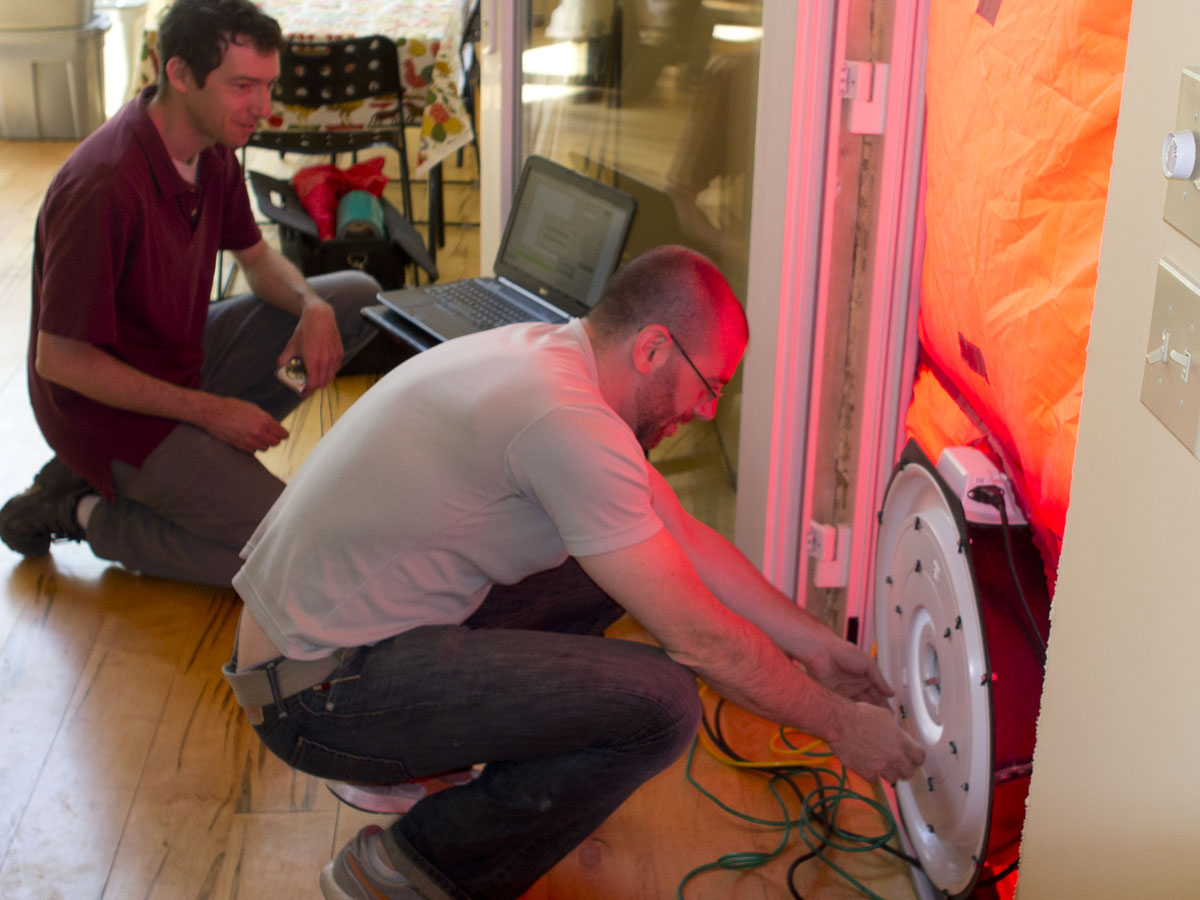

 Jordan Dentz and Dave from The Levy Partnership, along with Greg Pedrick and Nathan Russell from NYSERDA, monitor our final blower door test for Passive House certification. Read more about blower door tests here and here.
Jordan Dentz and Dave from The Levy Partnership, along with Greg Pedrick and Nathan Russell from NYSERDA, monitor our final blower door test for Passive House certification. Read more about blower door tests here and here.
Tuesday, May 7, 2013: The house was filled with brainy building science and energy experts from The Levy Partnership, NYSERDA Building R&D and CDH Energy. One team performed the blower door test, which scored 0.3 air changes per hour (ACH), exceeding the Passive House standard of 0.6 ACH. Another team set up the equipment that will monitor our energy use for the next year.
The blower door test is the key to certification. We are applying through the Passive House Academy, which is accredited by the Passivhaus Institut to provide a global Passive House Certification service.
The whole Passive House movement (that’s Passivhaus in German) is quite new here in the United States, so we volunteered to be energy Guinea Pigs and now there are little black boxes on the walls and wires sticking out of the heat pump. The data will address a number of research questions: How much energy does a Passive House use and how does that compare to homes built to current building code? How do the predictions about energy use made by the planning software compare to real life? Do the mini-split heat pumps and HRV perform like they are supposed to?
A grant from the NYSERDA High Performance Development Challenge is what brought all of this expertise to our particular Passive House, thanks to previous experience at the Barlis Wedlick project in nearby Claverak. While entire walls can be purchased ready-made in Europe that meet the Passive House standard, it’s not so common here, and it’s reassuring to have the experts confirm that our house is up to snuff, technically speaking.
Monitoring our energy use
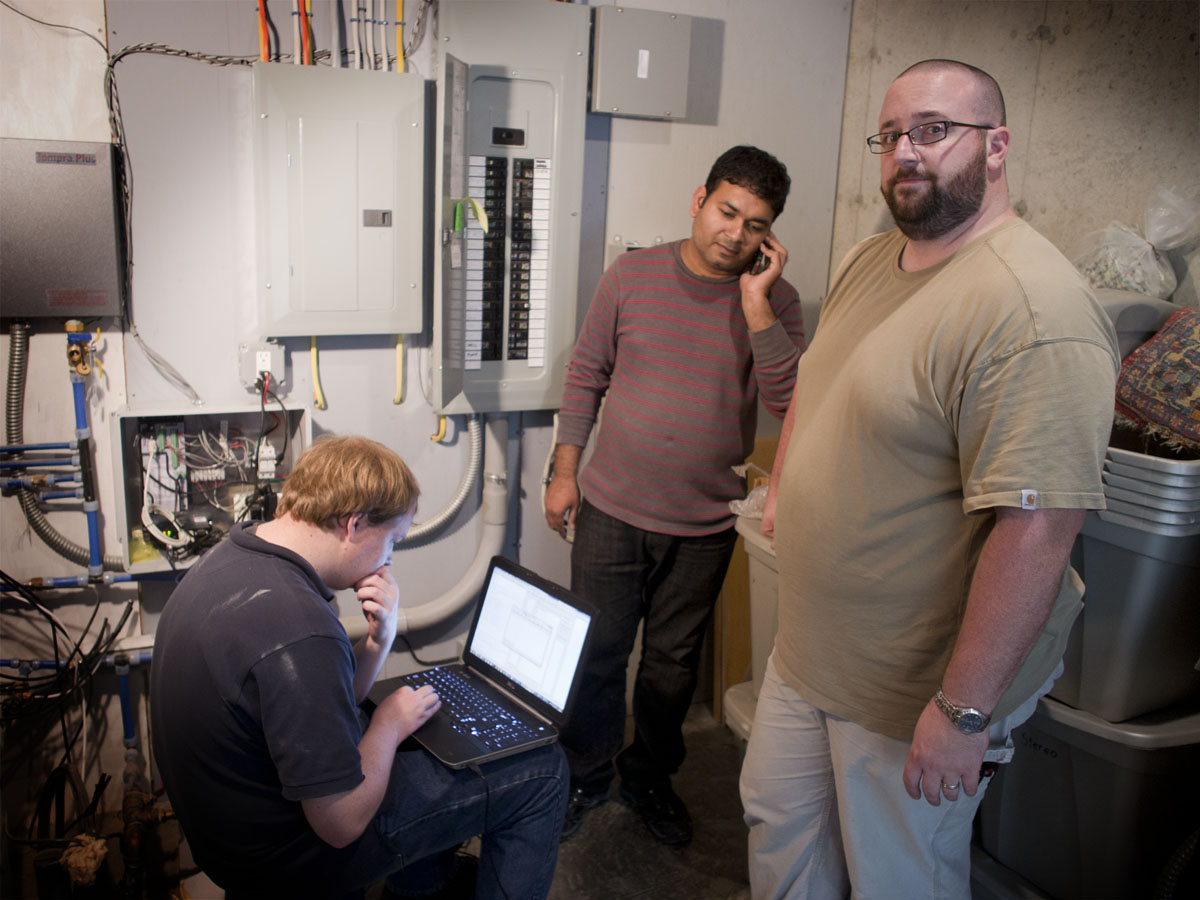 Brian (L) and Jeremy (R) from CDH energy, along with Kapil Varshney (C) from The Levy Partnership install sensors to study our household energy use for the next year. Just humming along, the house was using the equivalent of three 100-watt lightbulbs, CDH said.
Brian (L) and Jeremy (R) from CDH energy, along with Kapil Varshney (C) from The Levy Partnership install sensors to study our household energy use for the next year. Just humming along, the house was using the equivalent of three 100-watt lightbulbs, CDH said. 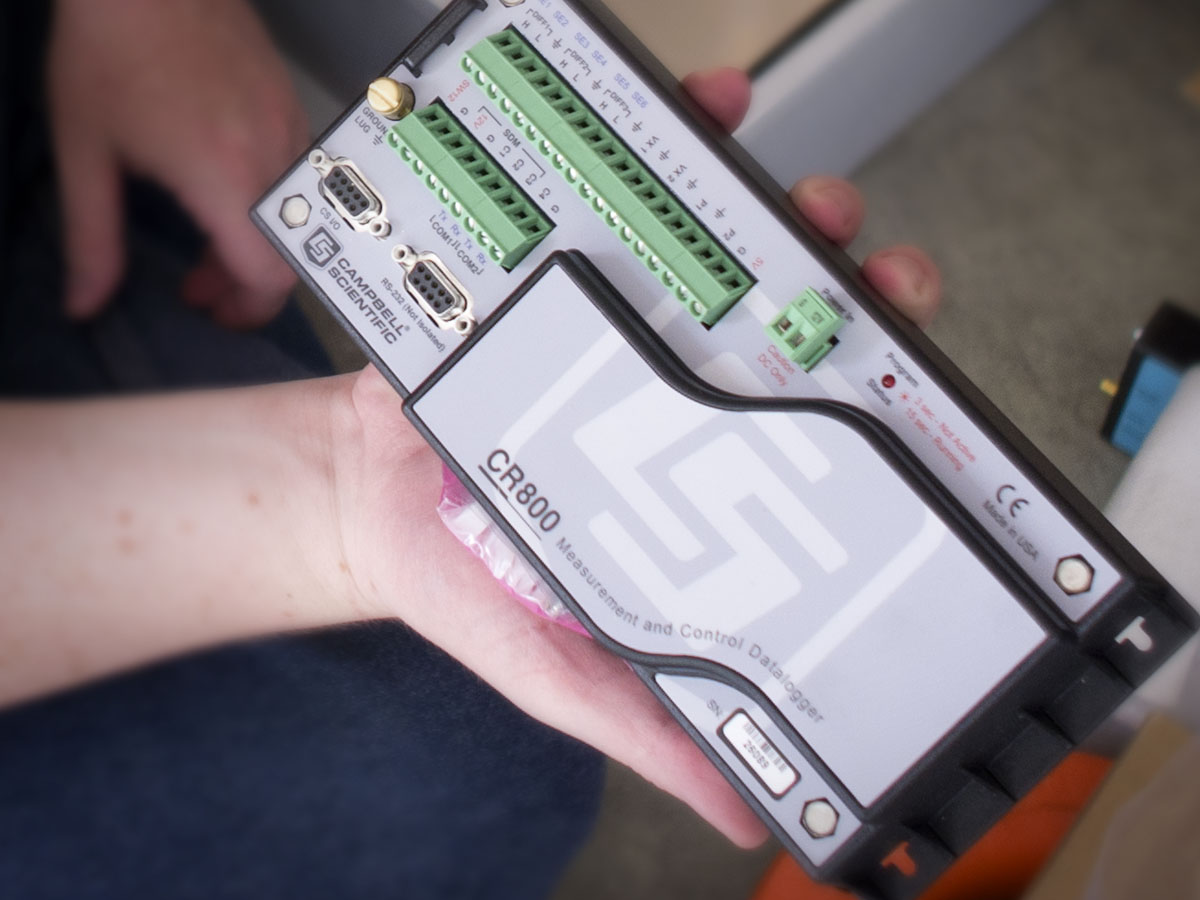 Data recording unit will gather many points of energy consumption, as well as interior and exterior temperatures.
Data recording unit will gather many points of energy consumption, as well as interior and exterior temperatures.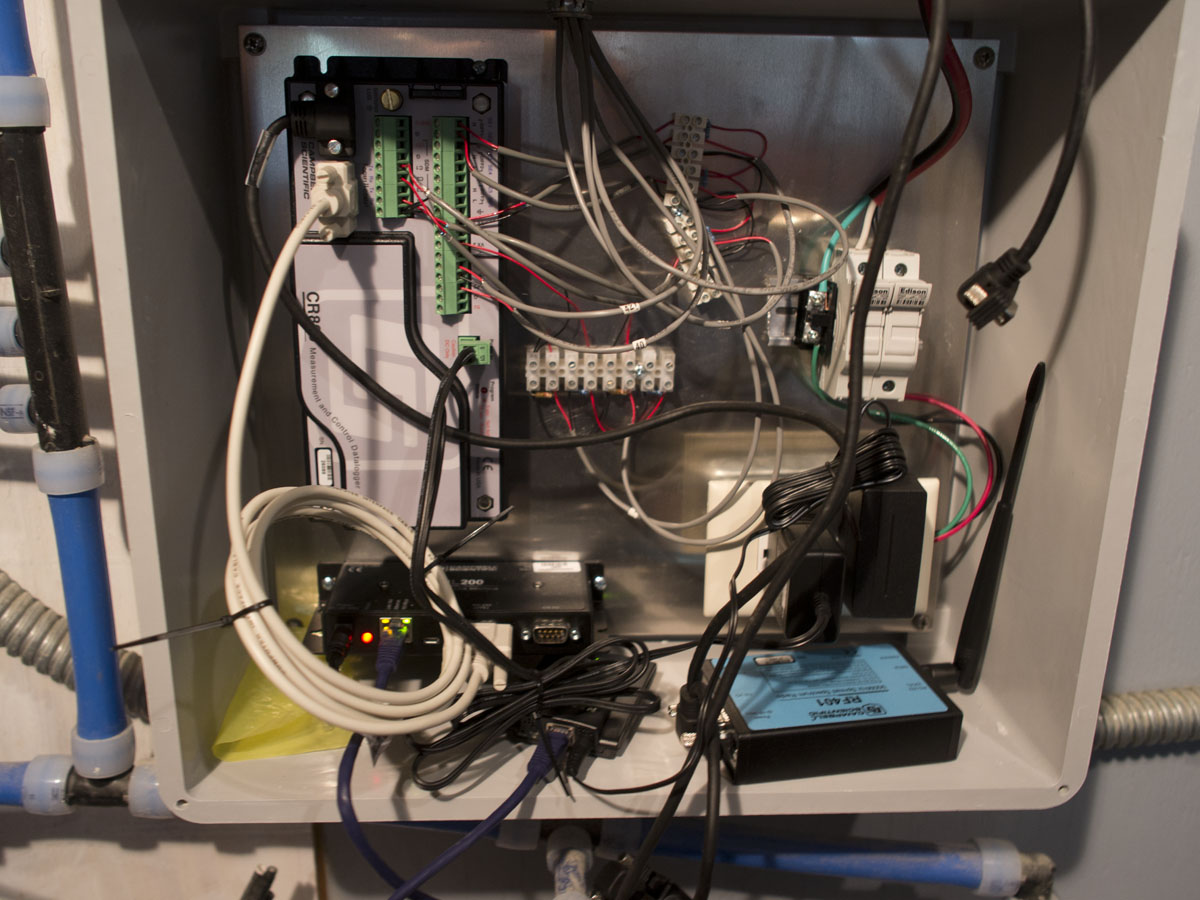 Once a day, the data will be uploaded to a monitoring program via the internet.
Once a day, the data will be uploaded to a monitoring program via the internet.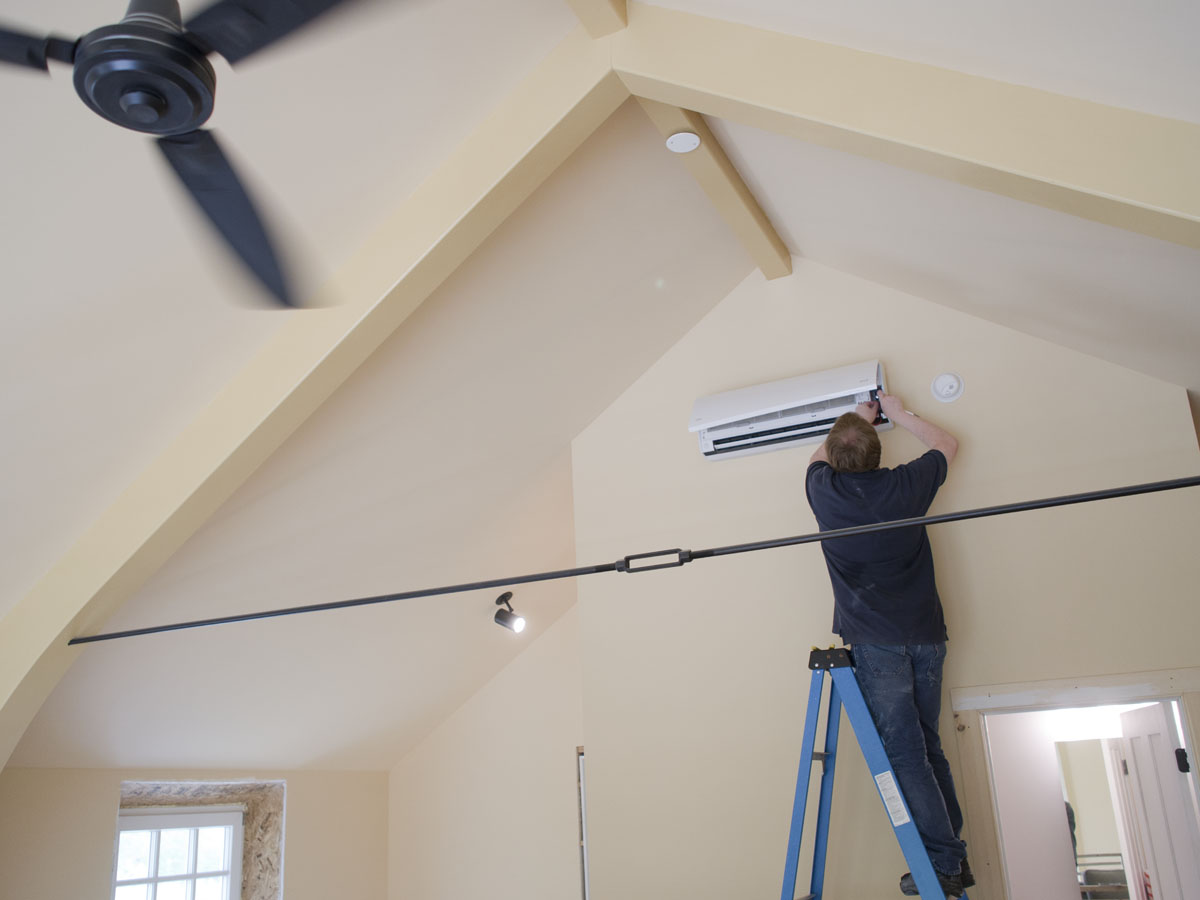
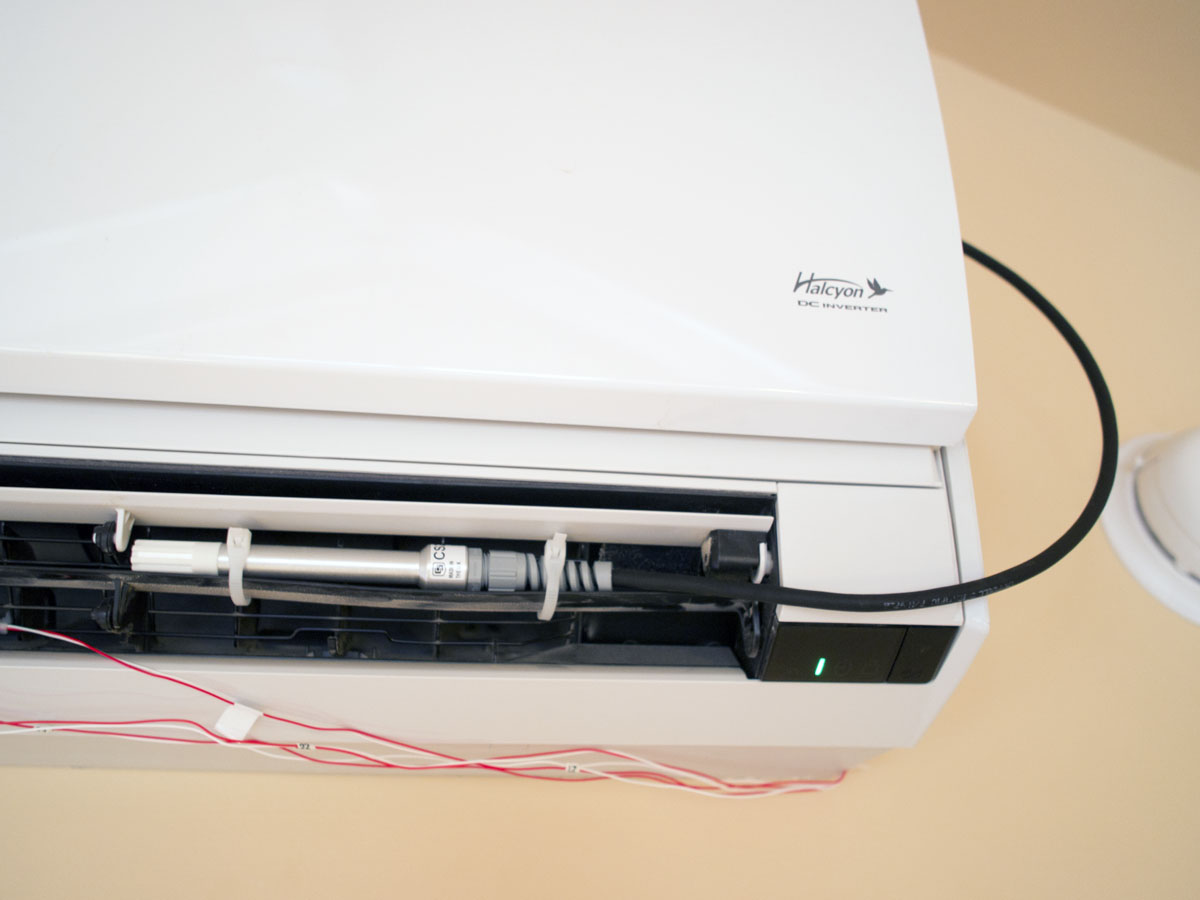 Temperature monitor for the Fujitsu mini-split heat pump. In our first winter, this provided the only extra heat we needed after the sun and the HRV had warmed the air.
Temperature monitor for the Fujitsu mini-split heat pump. In our first winter, this provided the only extra heat we needed after the sun and the HRV had warmed the air.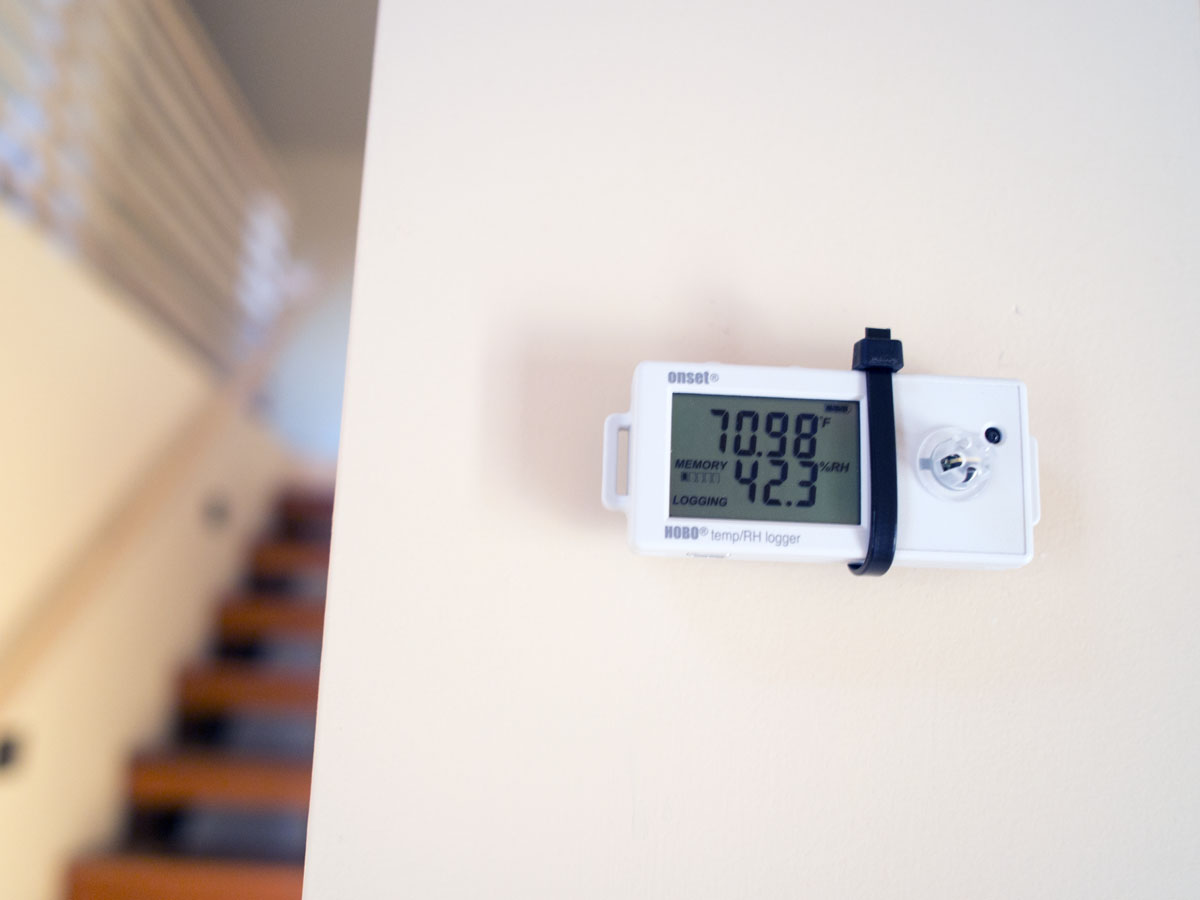
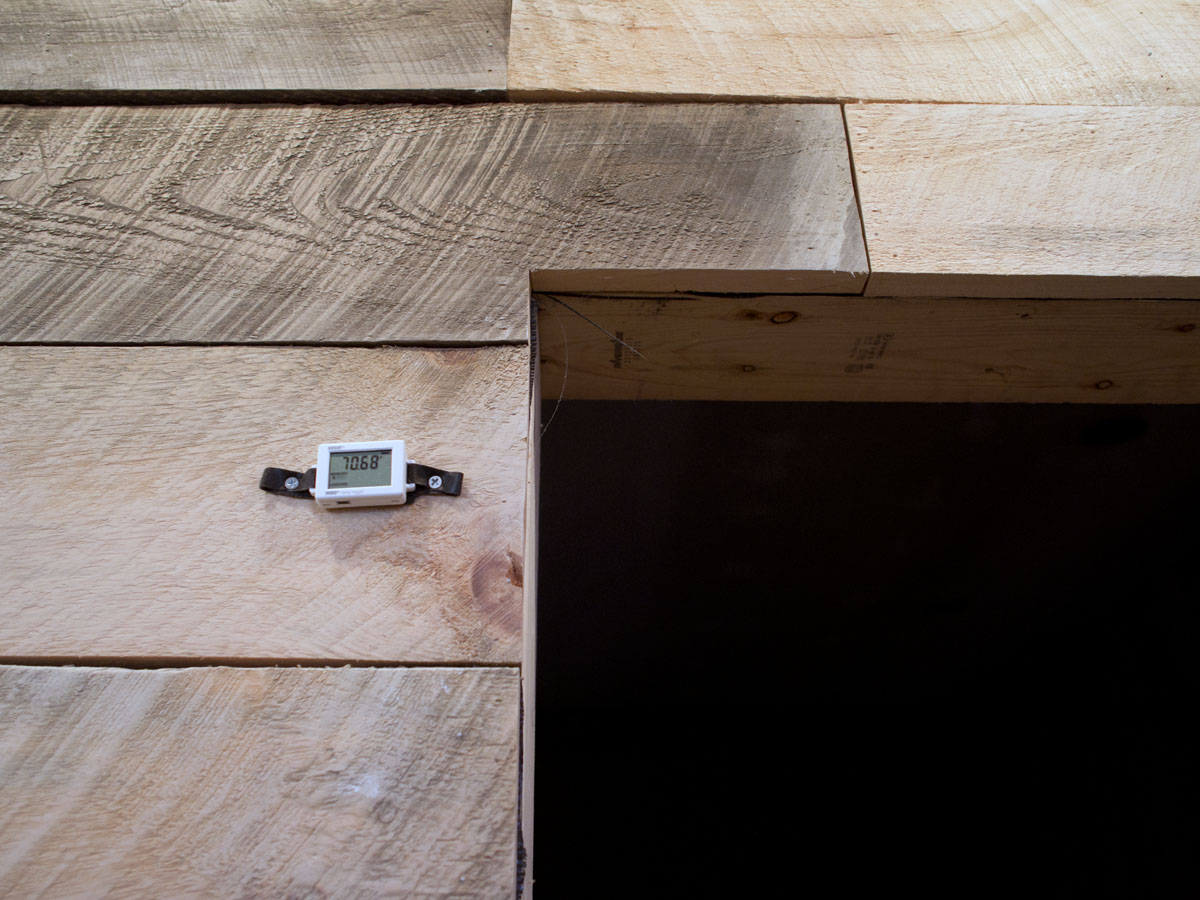 Several wireless temperature monitors are placed throughout the house.
Several wireless temperature monitors are placed throughout the house.
Commissioning the HRV
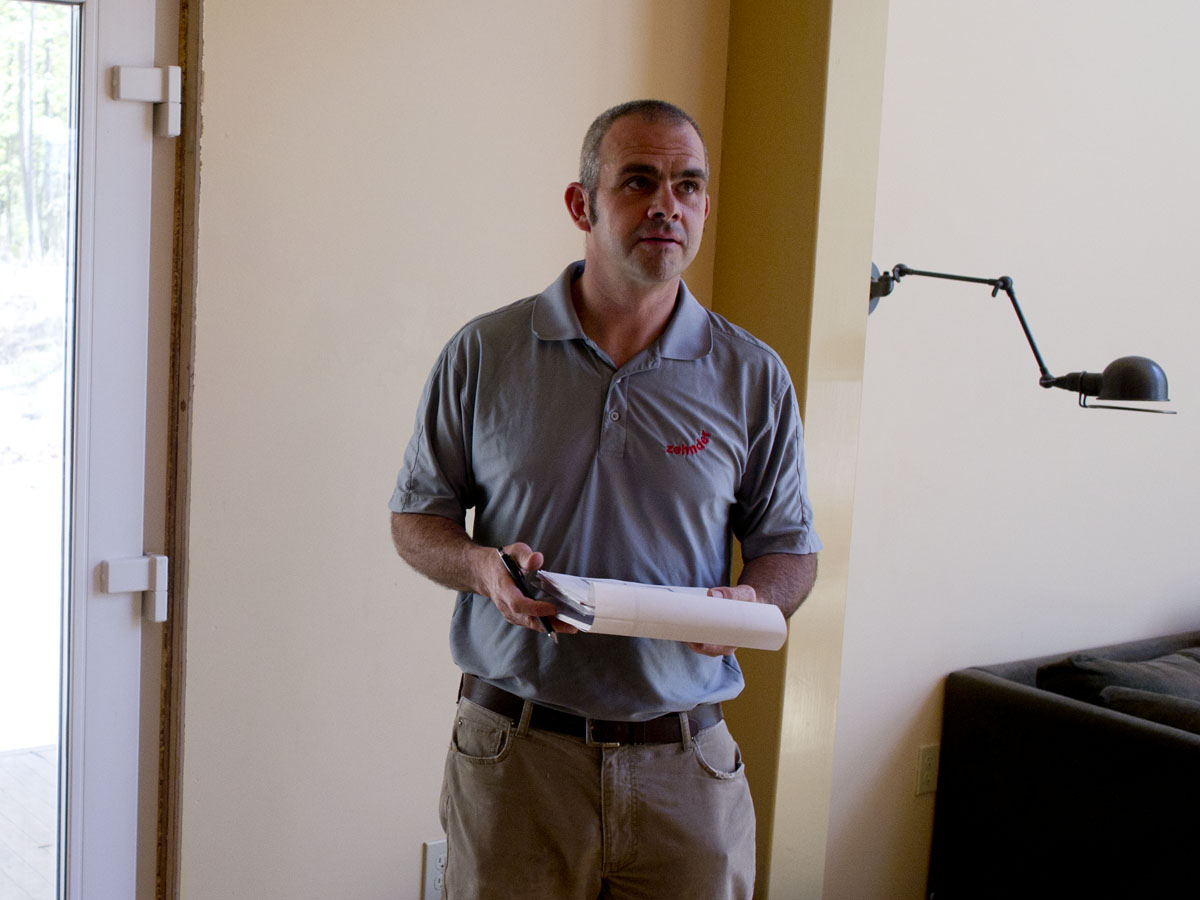 Aubrey Geweber from Zehnder inspects our HRV for official commissioning, which means that he’s going to spend several hours examining the whole set up and adjusting the volume flow rates for normal operation in the house and the balance for outdoor air and exhaust air.
Aubrey Geweber from Zehnder inspects our HRV for official commissioning, which means that he’s going to spend several hours examining the whole set up and adjusting the volume flow rates for normal operation in the house and the balance for outdoor air and exhaust air. 

 A drywall screw rattling around in the exhaust fan may have been the source of occasional error messages on our control panel.
A drywall screw rattling around in the exhaust fan may have been the source of occasional error messages on our control panel. Using a velometer to measure airflow from the vents and balance the system between rooms.
Using a velometer to measure airflow from the vents and balance the system between rooms. The nozzle on the left is for the RETURN vent. On the right is an air SUPPLY vent. The openings on both are adjustable to control air flow. These are mixed in with our can lights on the ceilings of every room. The air flow is very quiet.
The nozzle on the left is for the RETURN vent. On the right is an air SUPPLY vent. The openings on both are adjustable to control air flow. These are mixed in with our can lights on the ceilings of every room. The air flow is very quiet.

Aubrey estimates that about a half dozen houses in New York’s Hudson Valley have Zehnder HRVs, and there’s a lot going on in Brooklyn right now.


